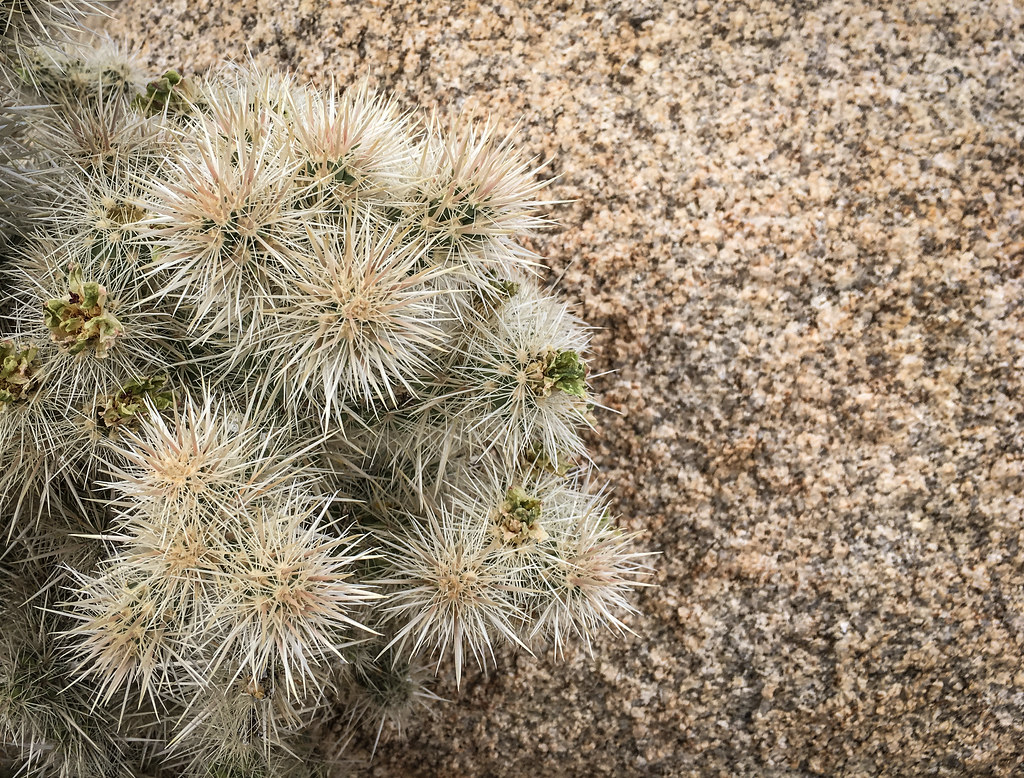This is an old revision of the document!
Hiking: Surfaces, Contact, and Encounters

When going on a hike, it is common to find interesting things in the landscape—a large or small rock, a plant, a leaf, a feather, etc. Rather than collecting and possessing these thing, it is best to leave them in their place both for their own sake and for others to enjoy. But the memory of the entities can stay with you. Memories are a trace of an encounter that lingers in the mind. With this exercise, you make a physical rubbing or a tracing of the object on paper. The collection of tracings and rubbings from a hike give you a physical collection of encounters that you can take with you as reminders of contact with the landscape. Duration: time and length of a hike.
Preparation: Bring sheets of paper (either loose or in a notebook), a pencil and pencil sharpener, and if possible some crayons, charcoal pencil, and/or pastel crayons.
Rubbings: Place your chosen thing on a stable surface. Cover with paper and with the edge of your writing tool, gently move your pencil, crayon, or charcoal across the surface, create a rubbing that transfers the texture of the thing onto your paper. The surface of the entity is imparted onto paper as memory of your contact with the thing. When you are done making your rubbing, next to the rubbing write the name of the thing and its location along the hike. Add notes to help fill out your memory and reflections on the entity and place.
Tracings: Some objects are difficult to glean rubbings from or in other cases it is the outline you want to get on paper. In such cases, place your paper behind the entity and trace its outline. If the thing has depth, you might roll it across the paper and trace it from different angles. When you are done making your tracing, next to the tracing write the name of the thing and its location along the hike. As with the rubbings, add notes as you see fit.
Reflections: At the end of the hike compare your rubbings and tracings with those done by your fellow hikers. Why did you choose those entities?
–Ron Broglio
Natural History Lesson: Cairns

A simple cairn gives presence as it cuts through the open space of the horizon. It’s top most rock balanced carefully calls us to attention as we become aware of how its form occupies space. Its weight and balance hold it to its task throughout time and weather. The inhuman heat of the sun bears down upon it. Cold winds cut across it. The cairn remains standing out amid the surroundings. The cairn marks space. It makes us aware of the space and the rocks themselves.
Placed there at some point in the past for passers-by to witness (in their ‘now’) and holding forth into a future, the cairn is a technology of social signaling. Cairns are antennae between their ecological surrounds and the social. Or they are beacons of transmission and reception linked across space and time. They are born of geological time, stand currently within a human present, and then will tumble again into a geological time beyond the human. The grouping of rocks is more-than-human technology as the more interesting cairns call attention to the rocks themselves as an animate geological presence.
–Ron Broglio

Dust and Shadow Reader Vol. 1
fieldnotes 1
alternative awareness
ways of listening
objects and cairns
designing bridges
walking exercises
recipes
fieldnotes 2
bibliography
